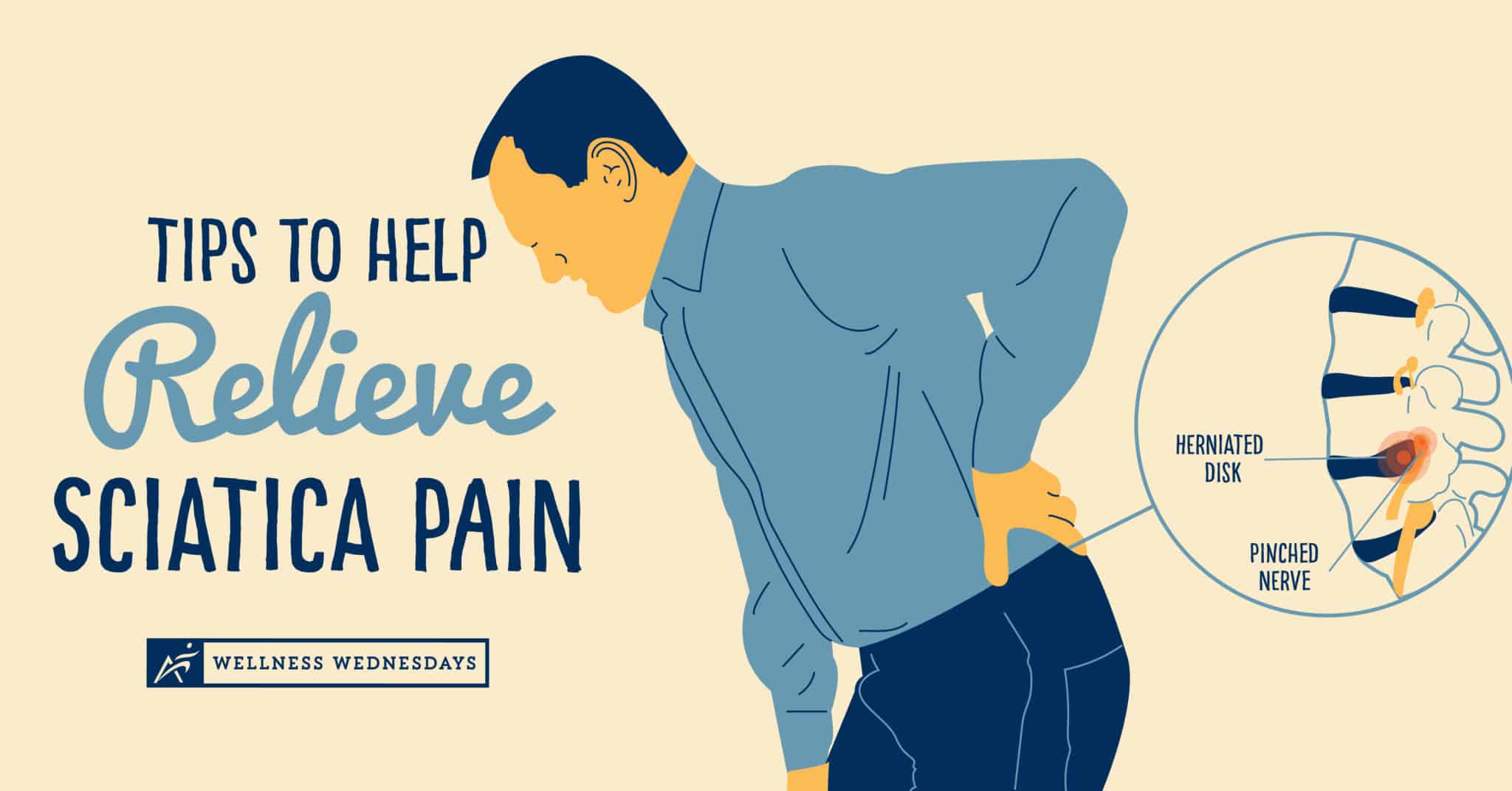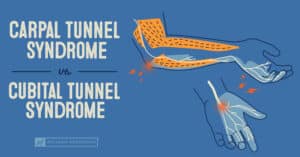The sciatic nerve is the largest in the nervous system. Its circumference is about the size of your pinky finger, and it’s responsible for connecting the spinal cord to the leg and foot muscles. Any pressure on the sciatic nerve will cause a radiating pain, called sciatica, to appear throughout these regions of the lower body.
Sciatica itself is a symptom, not a diagnosis, and there are many conditions that can cause sciatic-like pain. Airrosti providers are here to help you understand your injury and help relieve pain at the source. They’ll also give you the knowledge and tools to help you address problems as they appear.
Common Causes Of Sciatica
Herniated Disc
The spine comprises individual bones called vertebrae that stack vertically, creating a frame for the body to stand upright. Between these stacks of vertebrae are rubbery cushions called “discs” that hold the spine together and provide mobility. If there is a tear in one of these discs, the resulting rupture will irritate nearby nerves, causing a disc herniation. A herniated disc in the lumbar region of the spine can irritate the sciatic nerve, causing sciatica.
Muscle Strain
The inflammation from a muscle strain in the lower back or gluteus muscles can put pressure on the sciatic nerve roots, causing tingling and numbness.
Piriformis Syndrome
The piriformis muscle is a small muscle behind the gluteus maximus. Near the sciatic nerve, the piriformis can sometimes spasm and compress the sciatic nerve. Although Piriformis Syndrome isn’t as common as a herniated disc, it can still hinder your mobility and cause sciatic pain.
Pregnancy
Sciatica can also develop as pregnancy-related pain, particularly with pain in the lower back and upper thighs. Weight gain and fluid retention, which increase dramatically in the third trimester of pregnancy, can put pressure on the sciatic nerve. This pain typically worsens with prolonged sitting or standing. Sciatic pain associated with pregnancy is often alleviated with conservative care, but may take several months to resolve.
What Are The Symptoms?
Because sciatica affects the sciatic nerve, most symptoms are going to be in the low back, hip, and on the outside of the leg. Below are a few symptoms associated with sciatica.
- Sharp low back pain.
- Pain that originates in the low back or hip, but then radiates along the path of the sciatic nerve and travels down the back of the leg.
- Constant or shooting pain in one side of the buttock or leg.
- Sciatica usually only occurs on one side of the body and rarely affects both sides simultaneously.
- Weakness or numbness when moving the leg, which may cause difficulty walking.
Tips To Relieve Sciatic Pain
Most cases of sciatic pain are mild and can resolve themselves with time and rest. However, not everyone can take the time out of their busy lives to wait for the pain to go away. Here are a few more active measures you can take to relieve your sciatic pain and prevent it from resurfacing.
Sit Less, Move More
We all know that prolonged sitting is unhealthy, but did you know that sitting for too long can also be a risk factor for sciatica? There are various ways you can start building active habits to avoid sitting for long periods of time.
Practice proper seated posture and take breaks often throughout the day. You can also check out our tips to fit physical activity into a busy schedule. Following these tips can ease the pressure on your lower back and will help you avoid sciatic pain.
Stretches & Exercises
Are you currently experiencing sciatic pain and need some immediate relief? Below are some exercises you can add to your routine to help strengthen your back and ease the pain.
Still Struggling With Sciatica?
Without proper diagnosis or treatment, your sciatic pain may worsen or become chronic. At Airrosti, our providers aim to diagnose and treat your sciatic pain at the source, without needles or surgery. With a customized treatment plan and active rehab exercises, we can resolve most soft tissue injuries in an average of 3 visits, based on patient-reported outcomes.
We offer both in-office and virtual appointments. Schedule a visit with us today and kick your sciatic pain to the curb.
View our medical disclaimer here.










